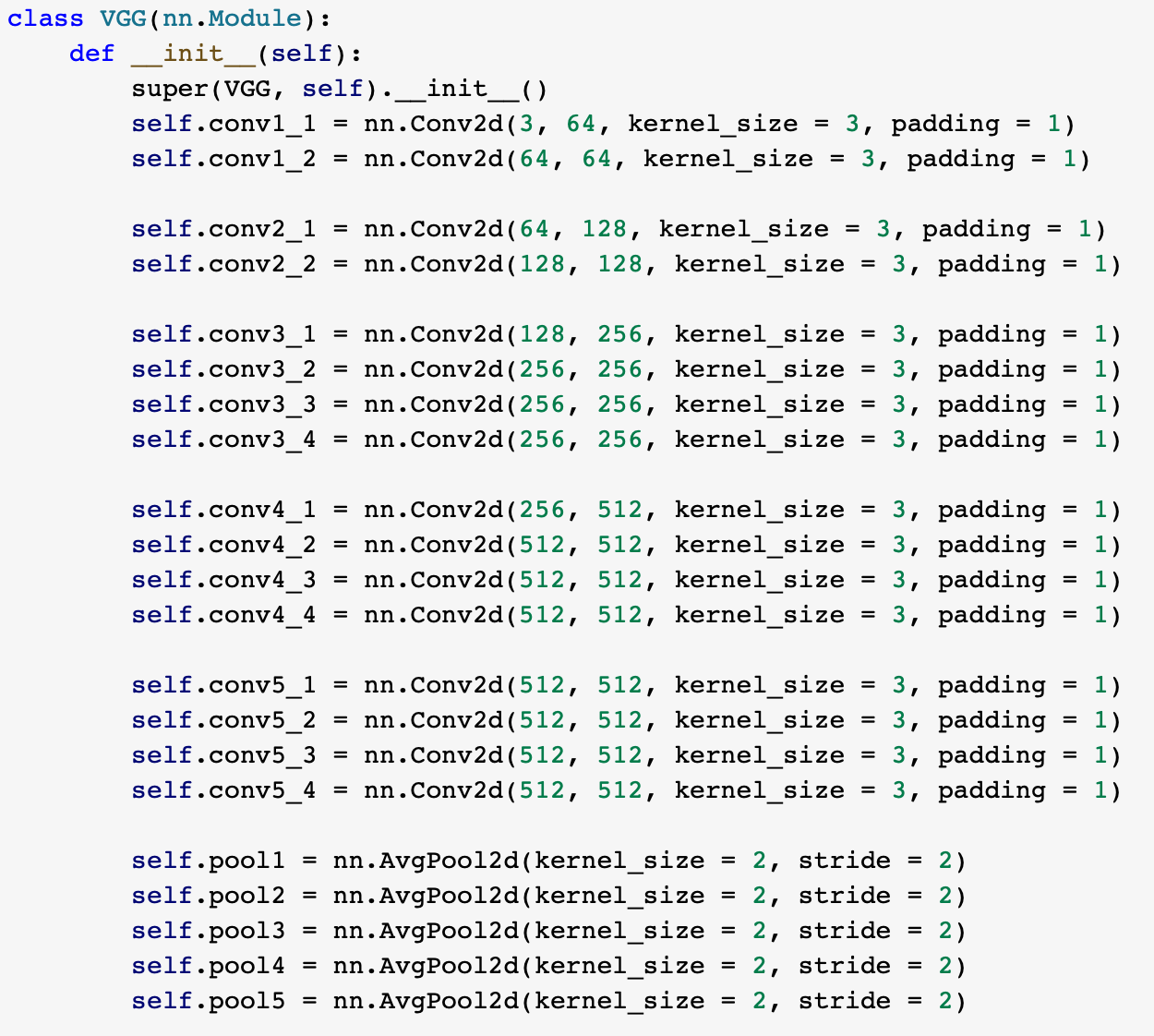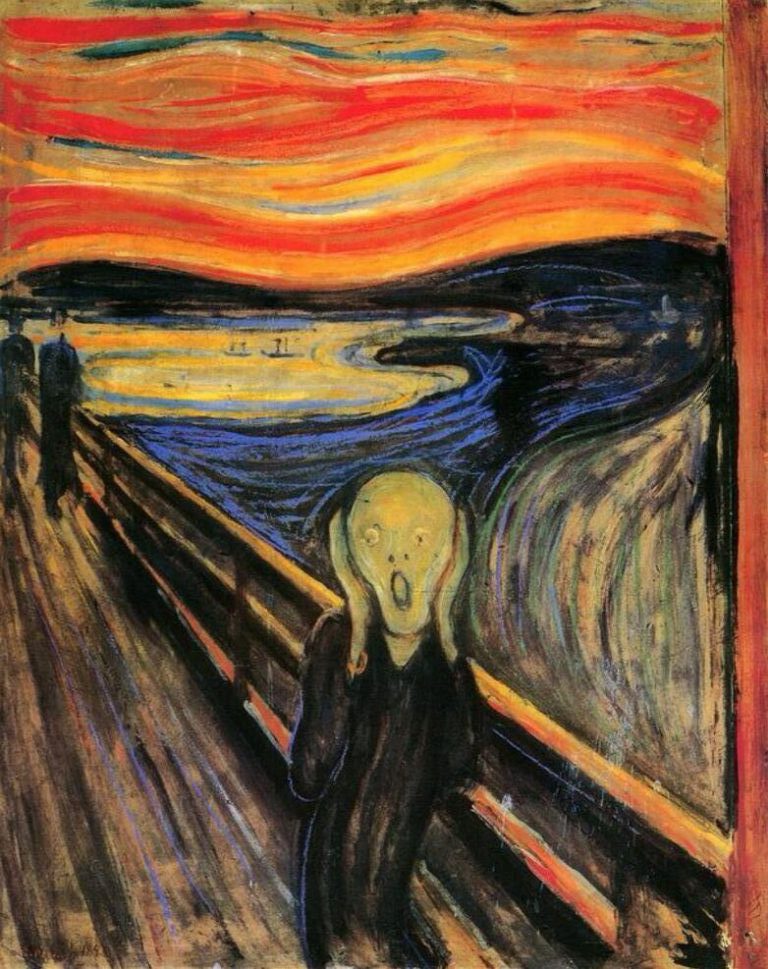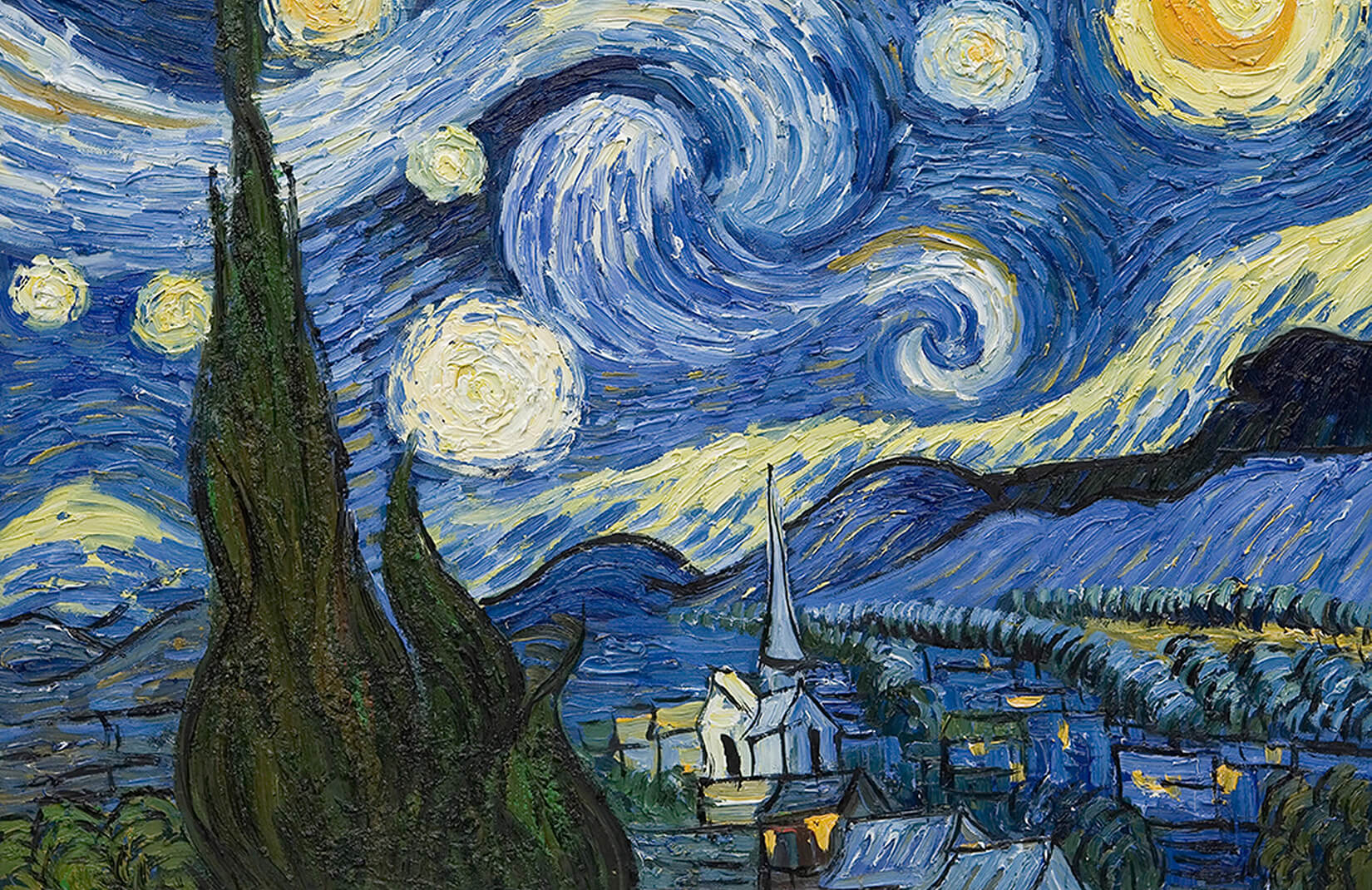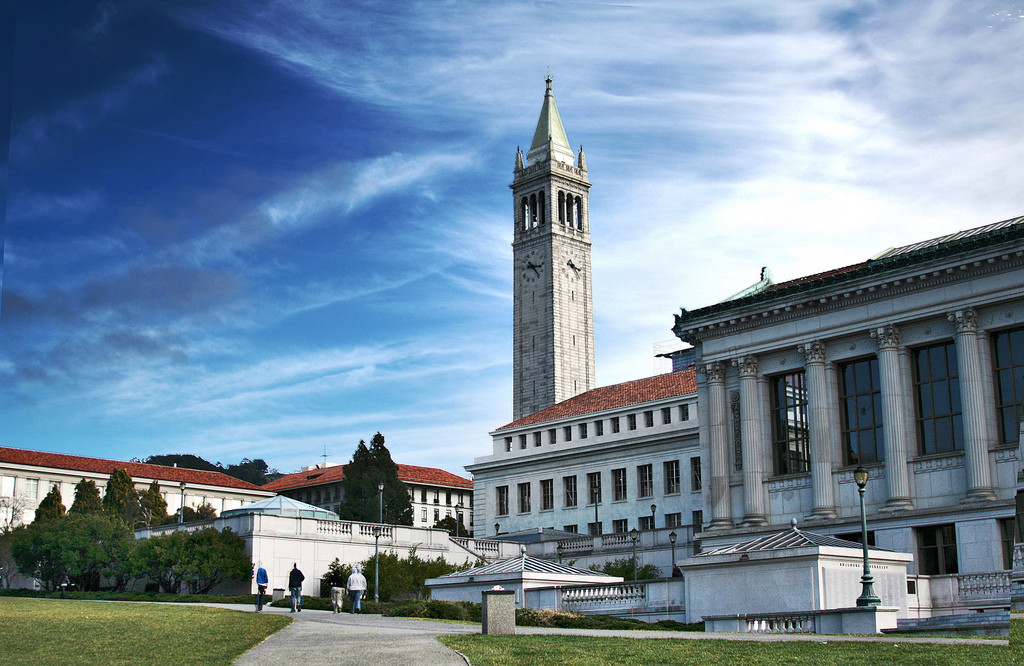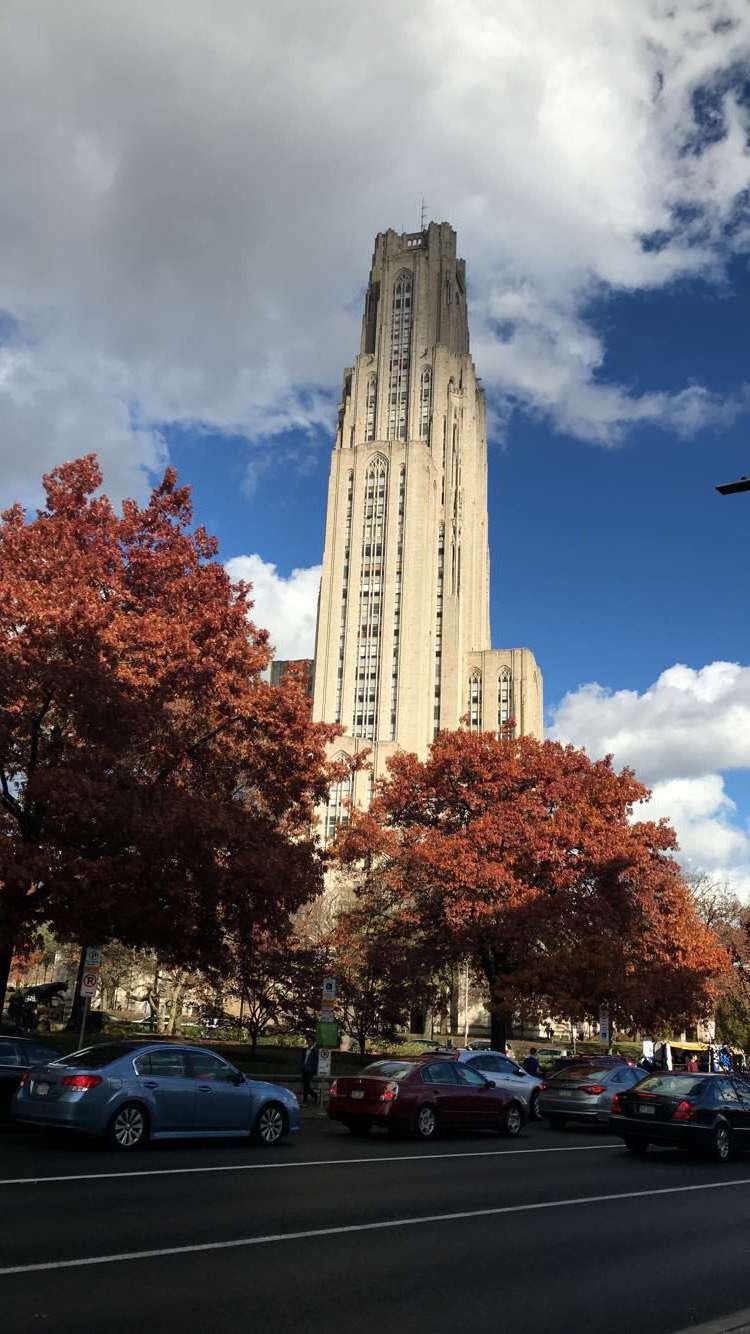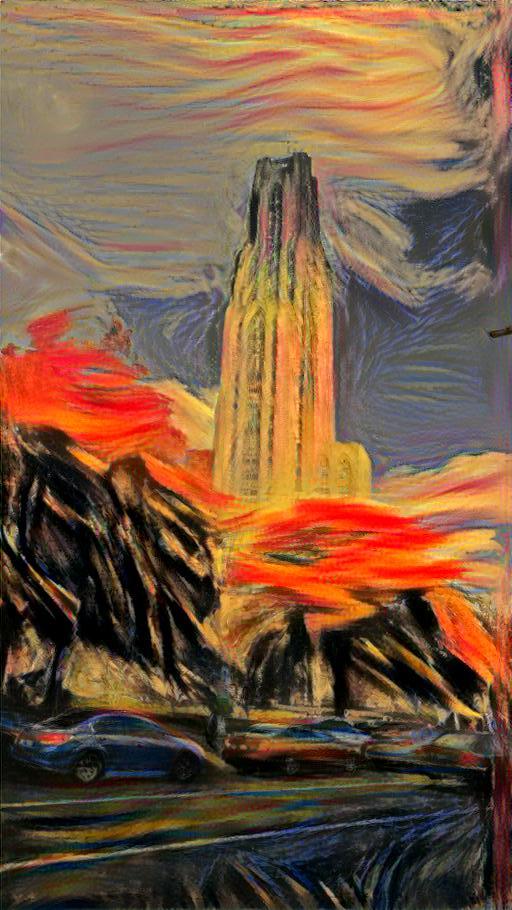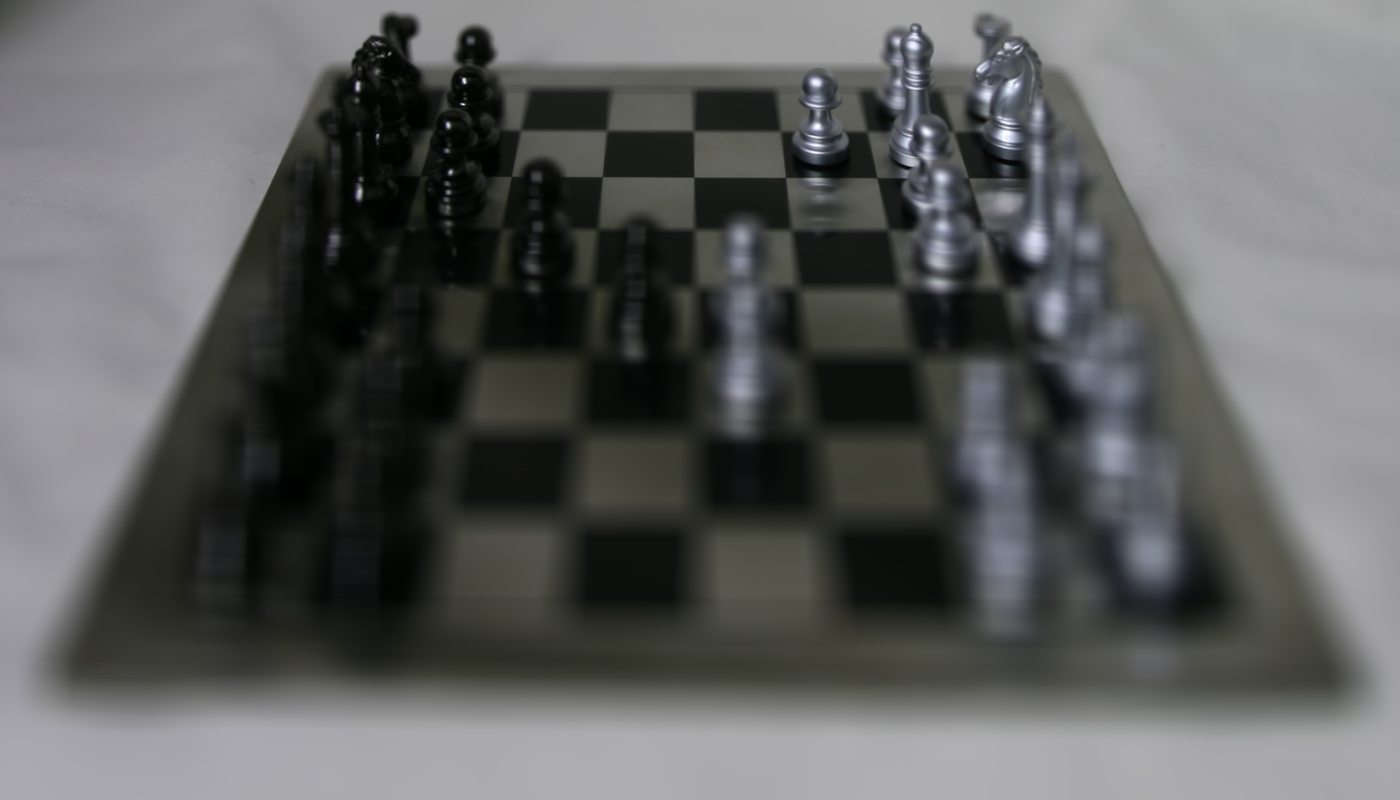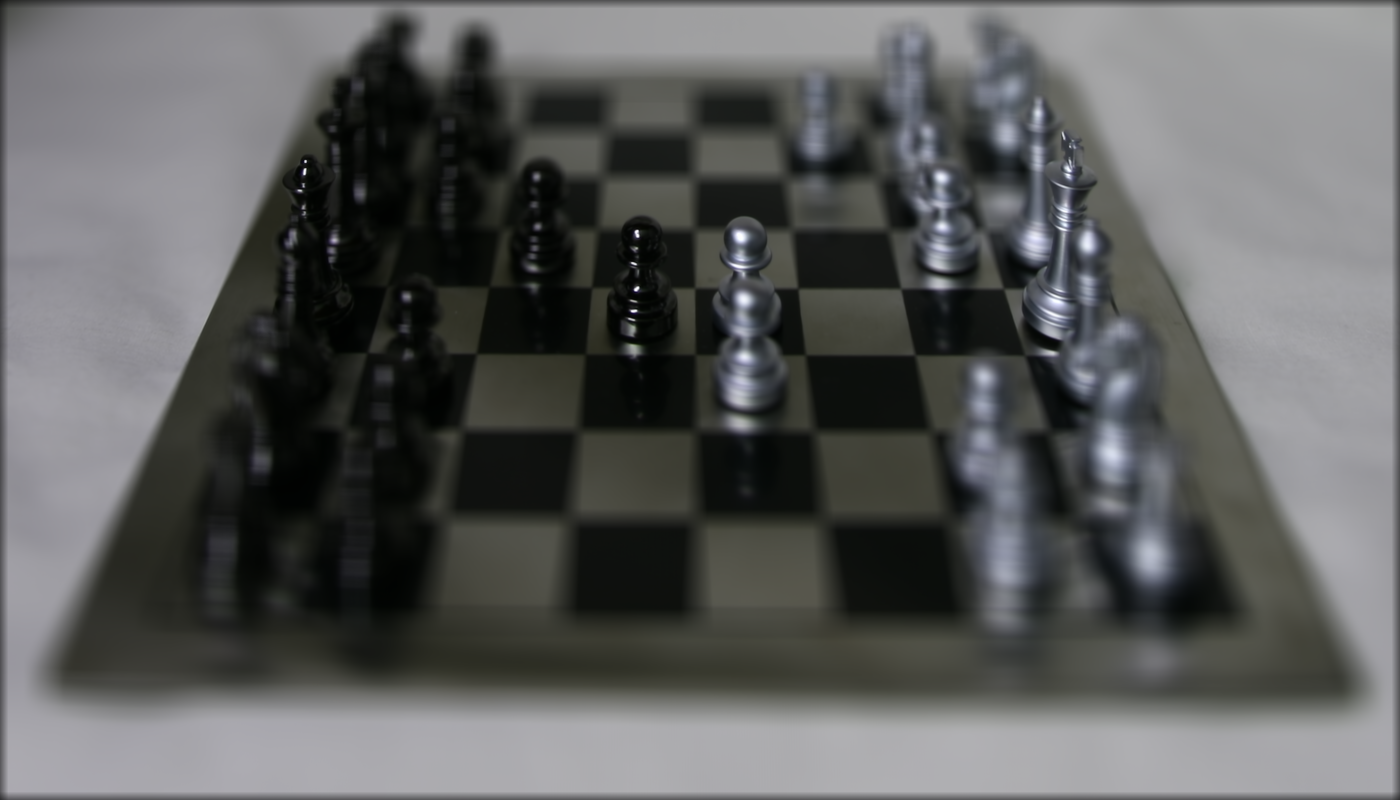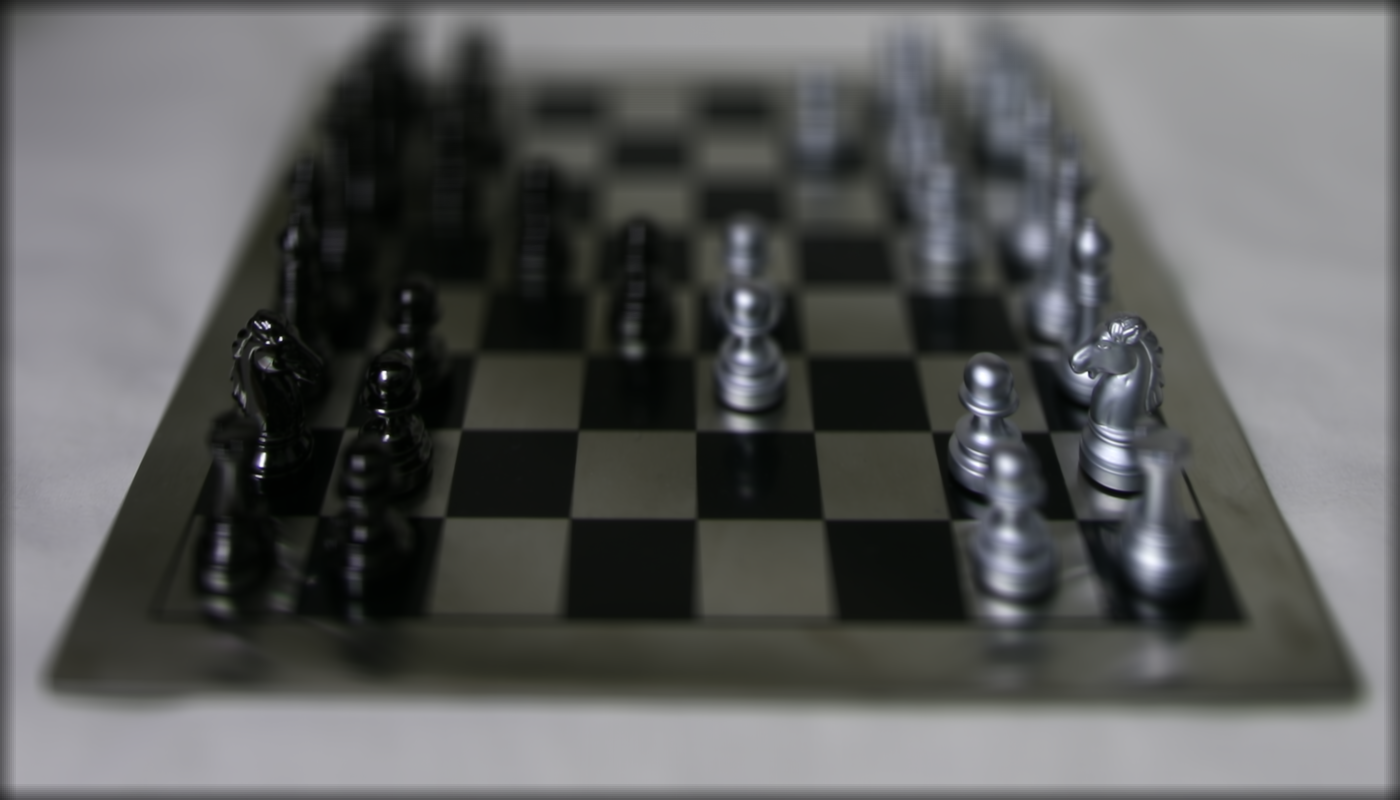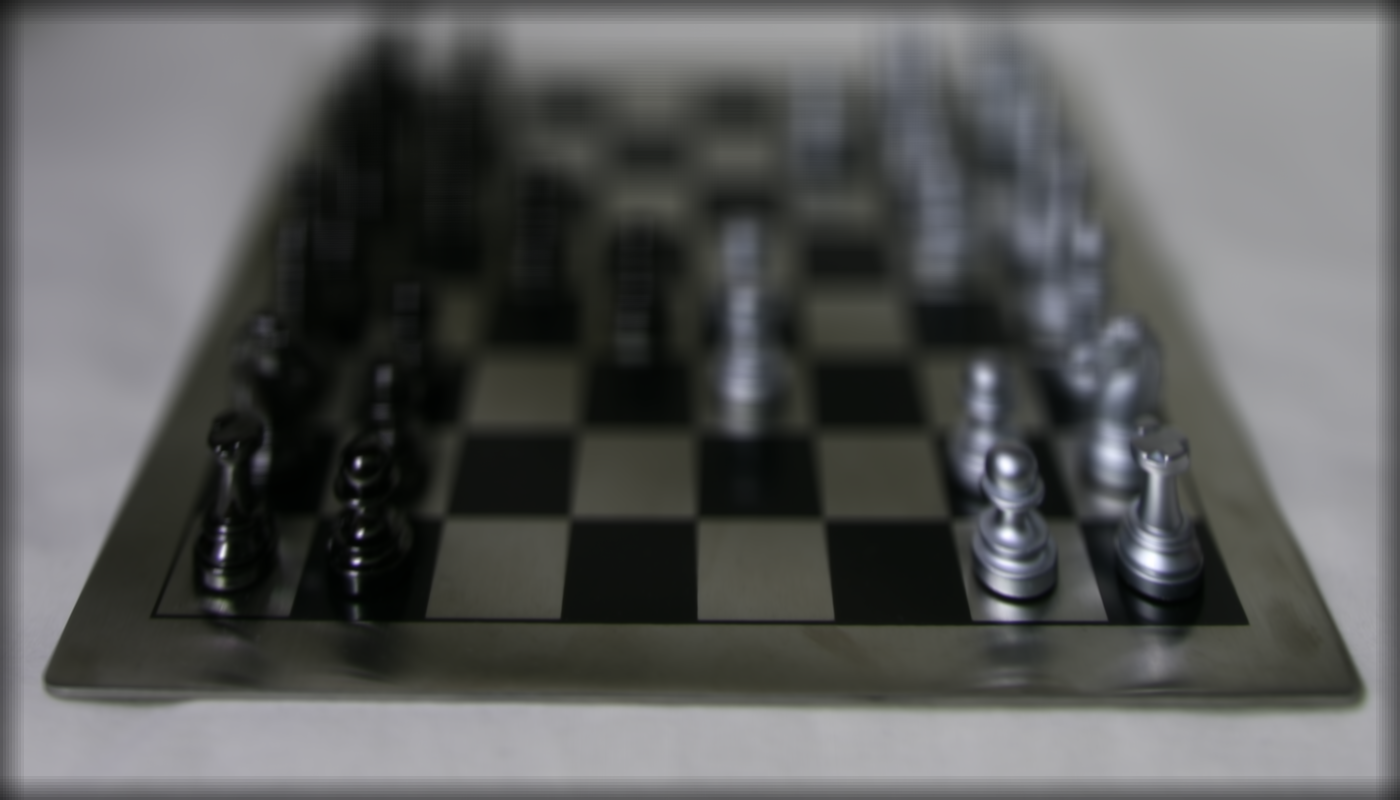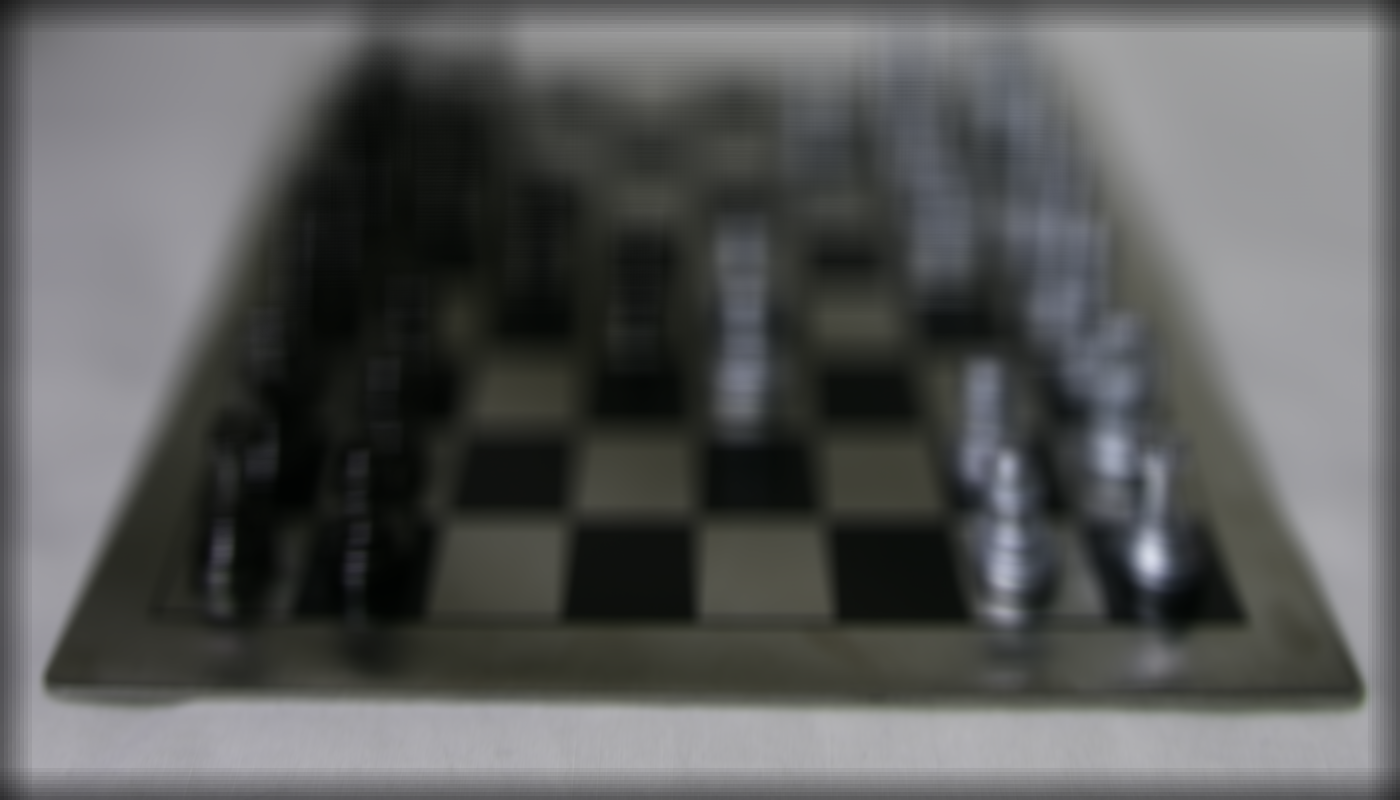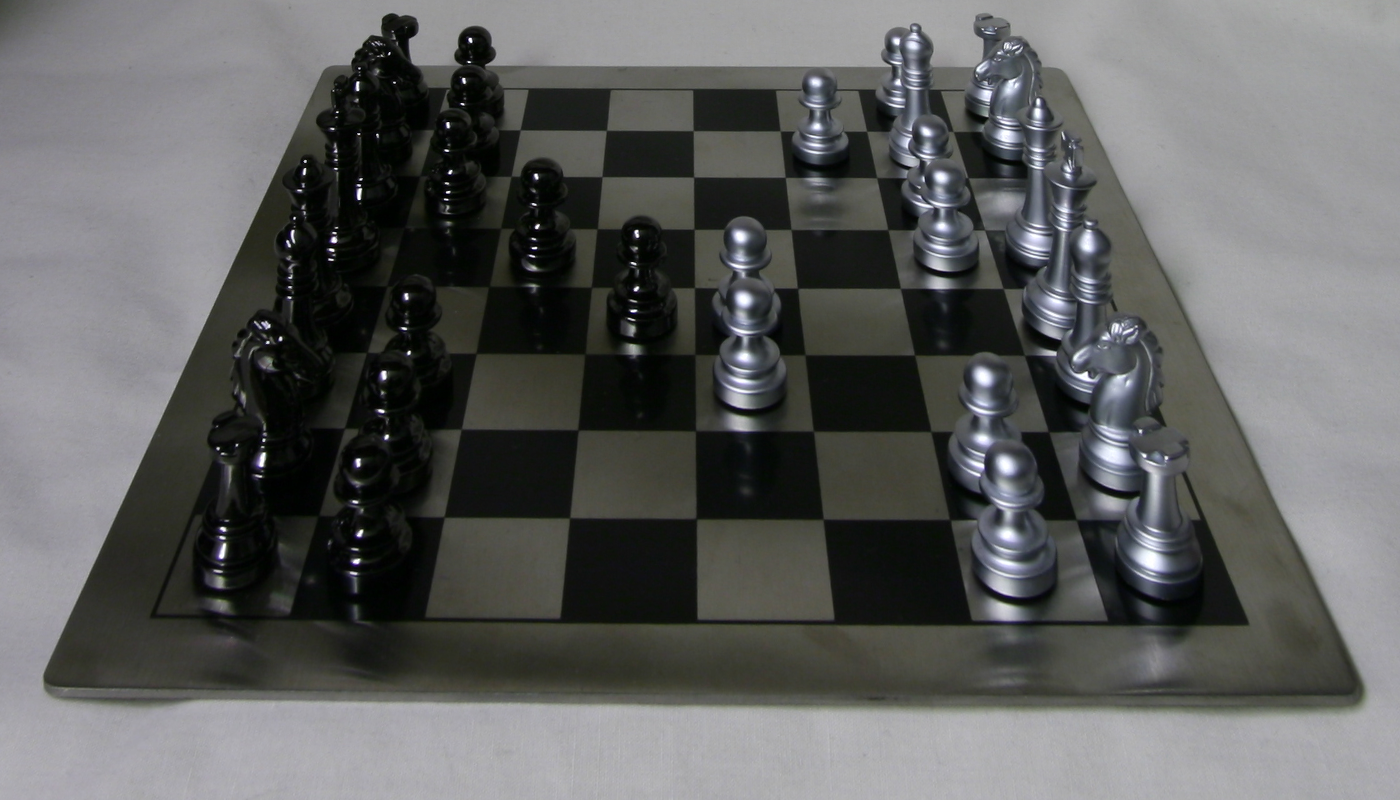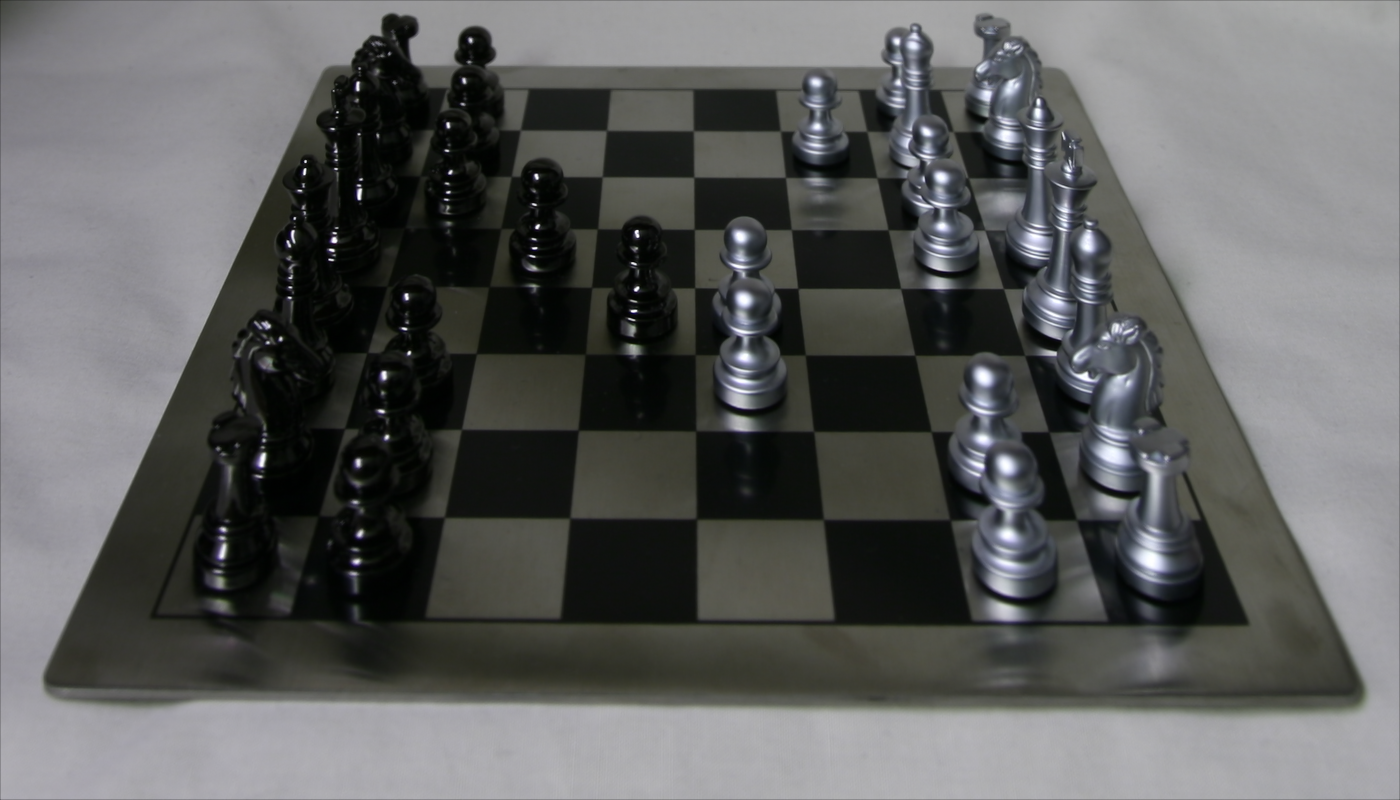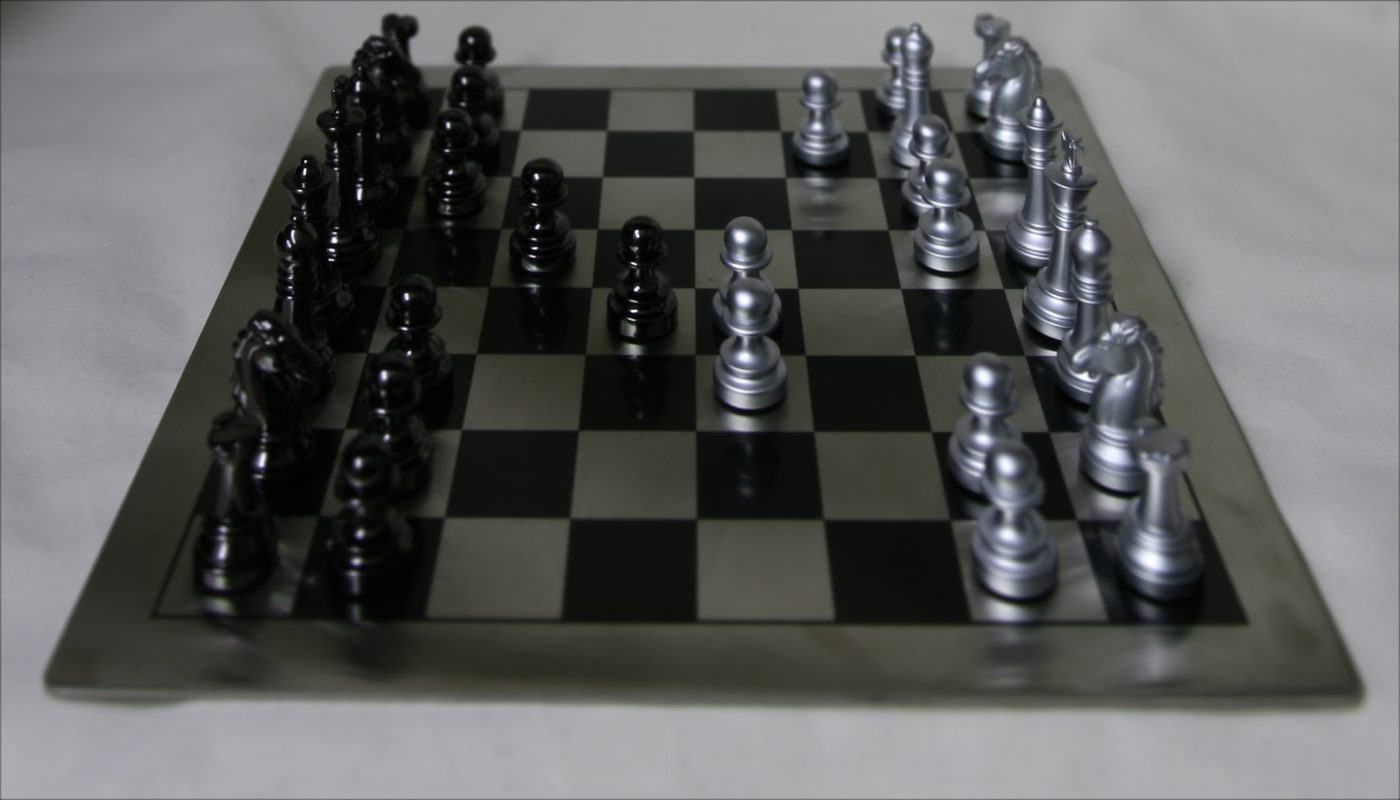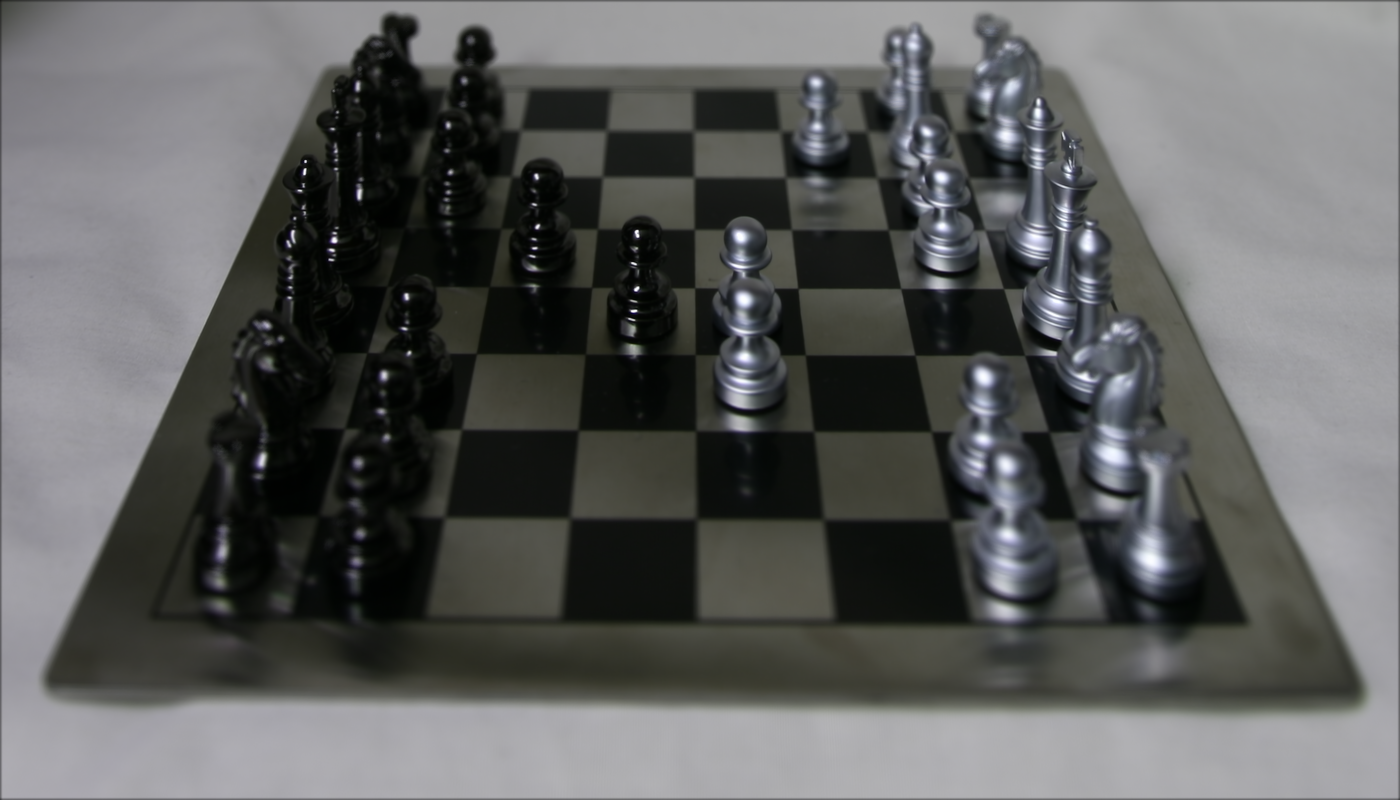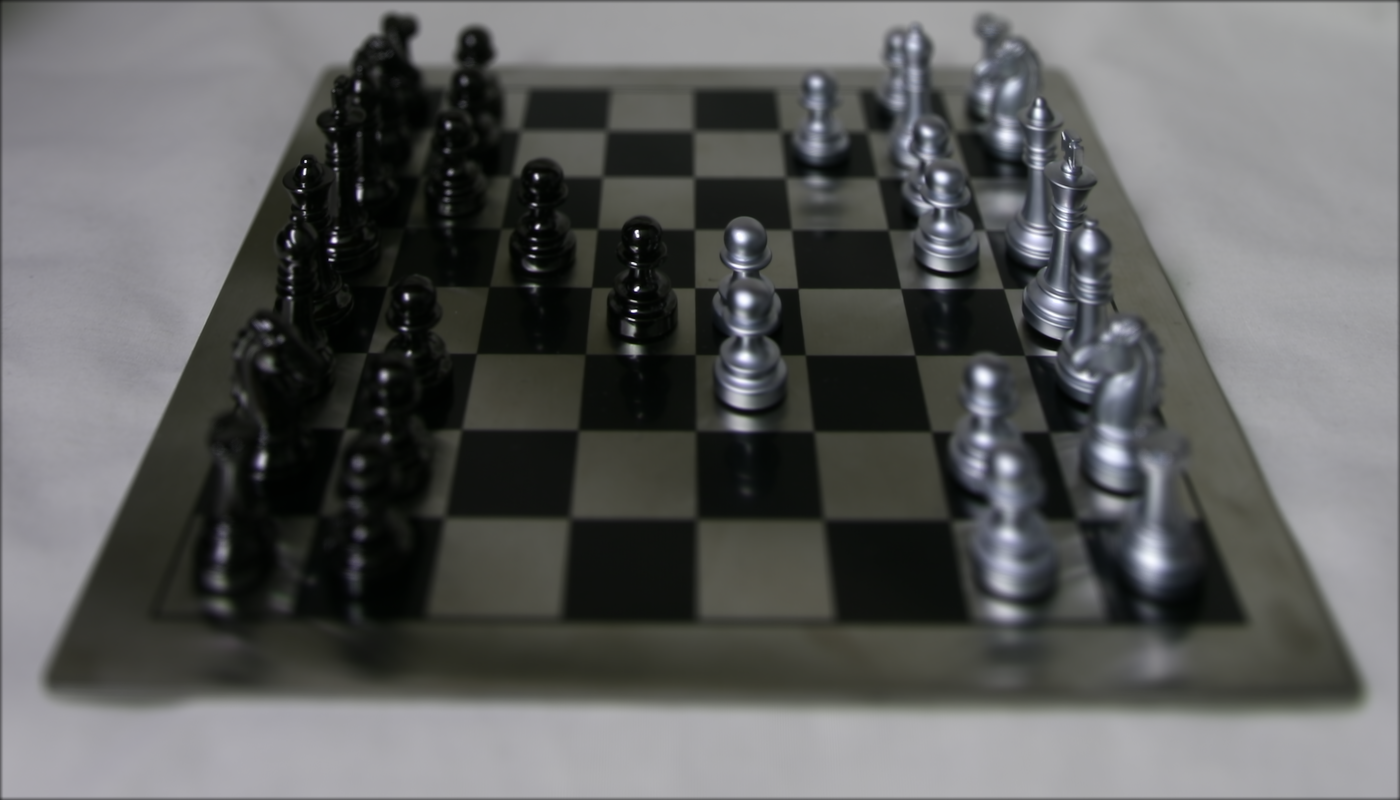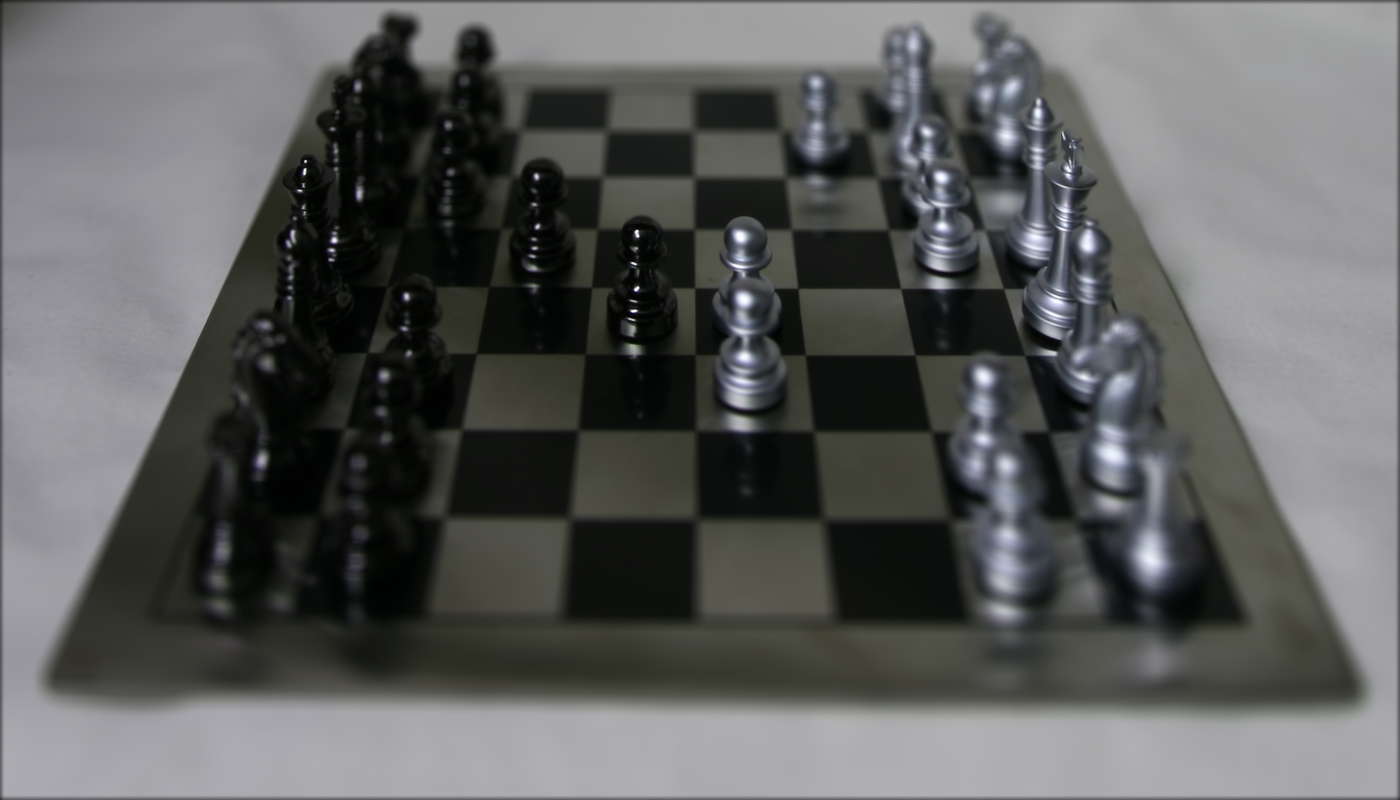CS194-26: Image Manipulation and Computational Photography
Sping 2020
Final Project
Zixian Zang, CS194-26-act
First Project: Neural Style Transfer
Overview
In this project, we reimplement “A Neural Algorithm of Artistic Style,”
a paper that describes how we can use the intermediate feature steps of a trained CNN
to transfer the style of one image to another.
Pretrained VGG-19 CNN
In this paper, VGG-19 CNN is used as a protocol network. During the training
process, I used output from layer4-2 as content representation and outputs from layer1-1, 1-2,
3-1, 4-1 and 5-1 as style representations. I used L-BFGS optimizer to minimize the content and style loss.
Style loss is calculated with Gram Matrix. I trained the CNN for 500 iterations.
Style Images
Content Images
Sample Results
Summary
From this paper I learned a lot about the representation of the style of a image, also a
unusual aspect of optimization problem.
Second Project: Light Field Camera
Overview
Using lightfield data, we can achieve complex effects with simple
shifting and averaging operations. We use data from the Stanford Light Field Archive.
Each dataset contains 289 images taken with a 17x17 grid of cameras.
In particular, we implement depth refocusing and aperture adjustment.
Part A: Depth Refocusing
We want to be able to change the point of focus on some
image after the fact. We can take advantage of the idea that objects which
are far from the camera do not vary in position significantly when the camera
moves around while keeping the optical axis direction the same. Conversely, close-by
objects vary their positions significantly across images. Therefore, when we average
all the images in the dataset, the resulting image will look blurry in the objects
close to the camera and clear in far-away objects.
To control the amount of shifting, we parse the filenames and extract the focal point for every
image, then use translation to shift the image.
Here are the results.
Part B: Depth Refocusing
We can simulate changes in aperture size by changing the number of images
we average together.
When we use a small subset of sub-apertures, we simulate a small aperture which therefore
accepts a small amount of light. All the rays of light will be roughly parallel, so everything
in the image will be in focus. The results are as follows:
Summary
I learned a lot about how light field cameras encode information that can be used to create interesting
effects not otherwise possible with traditional cameras. Also I learned about the concepts and machnisms of
light field.
